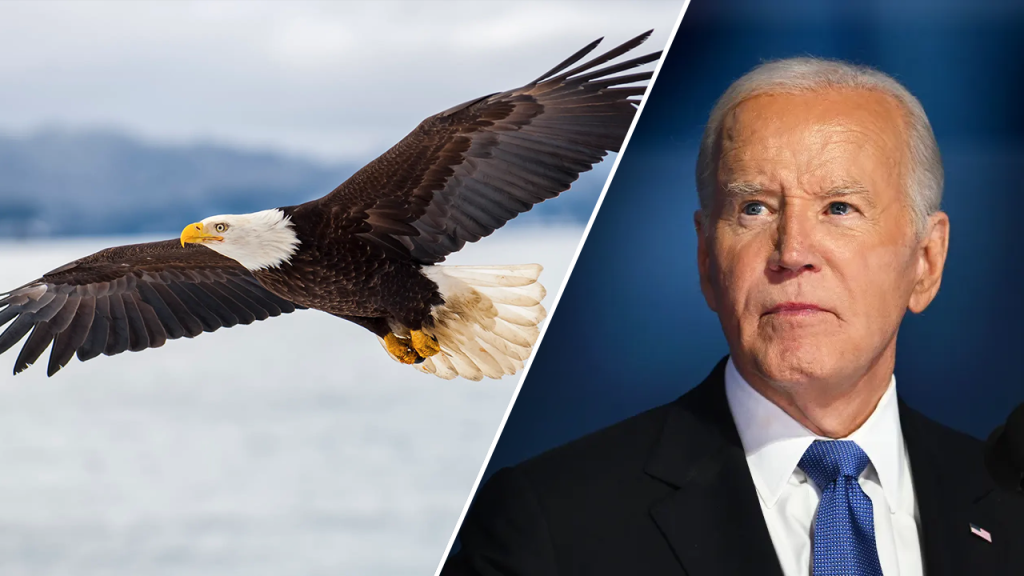The Bald Eagle’s Soaring Ascent to Official National Bird Status
On Christmas Eve 2024, a historic event unfolded, solidifying the bald eagle’s place as a quintessential American symbol. President Joe Biden signed a bill officially designating the bald eagle as the national bird of the United States. This seemingly simple act marked the culmination of a long and symbolic journey for the majestic raptor, finally granting it the official title that had long been implied but never formally bestowed.
The bill, which amends Title 36 of the United States Code, received unanimous support from both houses of Congress, reflecting the widespread reverence for the bald eagle across the political spectrum. This bipartisan agreement underscored the unifying power of national symbols and the importance of formally recognizing the bald eagle’s significance in American identity. While the bald eagle has been a national emblem since 1782, adorning the Great Seal of the United States and countless other official representations, this new legislation cements its position as the national bird, a distinction previously absent despite popular perception.
The bald eagle’s journey to this formal recognition is intertwined with the very history of the United States. Chosen as the national emblem shortly after the nation’s founding, the bald eagle represented strength, freedom, and longevity – values central to the nascent republic. Its image quickly became ubiquitous, appearing on official documents, currency, military insignia, and even the presidential flag. The bald eagle’s powerful presence in American iconography solidified its status as a national symbol, even before the recent legislation officially declared it the national bird.
This legislative action not only rectifies a historical oversight but also highlights the importance of accuracy and precision in official designations. While the bald eagle’s symbolic importance has never been in question, the lack of formal recognition as the national bird created a discrepancy between popular understanding and official documentation. This bill clarifies any ambiguity, ensuring that the bald eagle’s status as the national bird is enshrined in law. It also serves as an example of how even seemingly minor legislative actions can have significant symbolic meaning.
The signing of this bill represents more than just a symbolic gesture; it reflects a renewed appreciation for the bald eagle’s remarkable journey. Once on the brink of extinction due to habitat destruction and pesticide use, the bald eagle has made a remarkable recovery thanks to conservation efforts and the Endangered Species Act. Its resurgence is a testament to the nation’s commitment to environmental protection and serves as a symbol of hope and resilience. The bald eagle’s story, from near extinction to national bird, mirrors the American spirit of overcoming adversity and striving for a better future.
The bald eagle’s official designation as the national bird is a fitting tribute to its enduring presence in American culture and history. It is a symbol that transcends political divides and embodies the nation’s ideals of freedom, strength, and resilience. This legislation ensures that the bald eagle’s place as a national icon is secure for generations to come, solidifying its legacy as a symbol of the American spirit. The bipartisan support for the bill further emphasizes the unifying power of national symbols, demonstrating their ability to bring people together and inspire a sense of shared identity and purpose. The bald eagle, now officially the national bird, will continue to soar as a symbol of American pride and exceptionalism.














